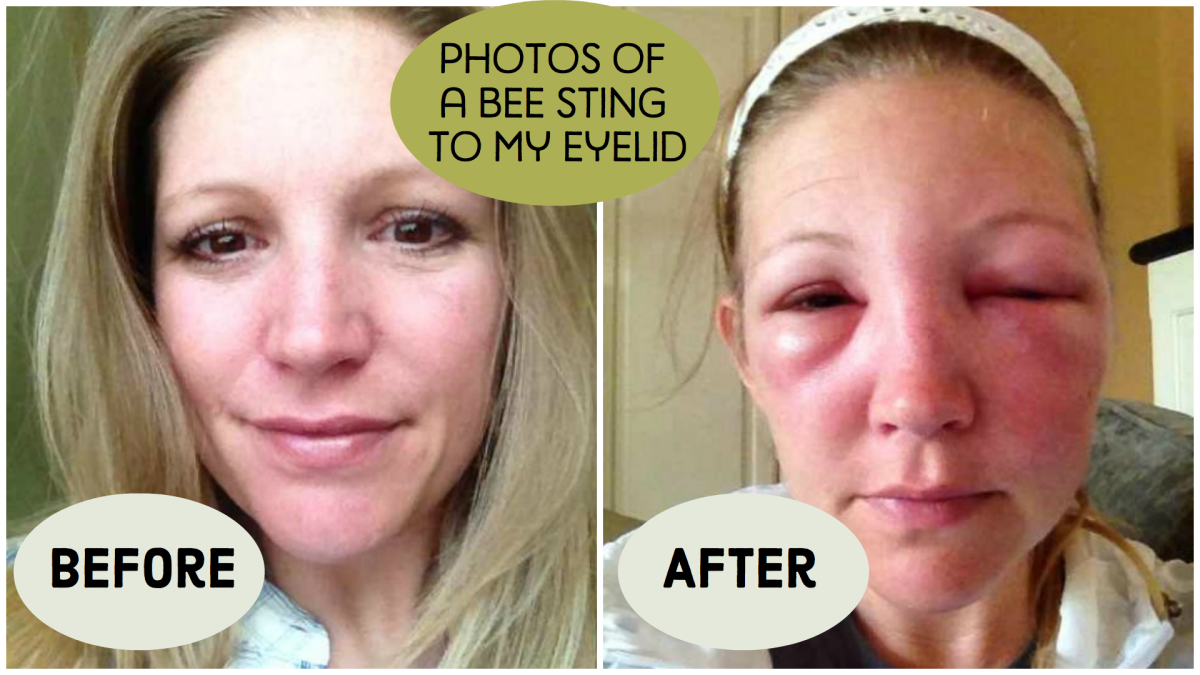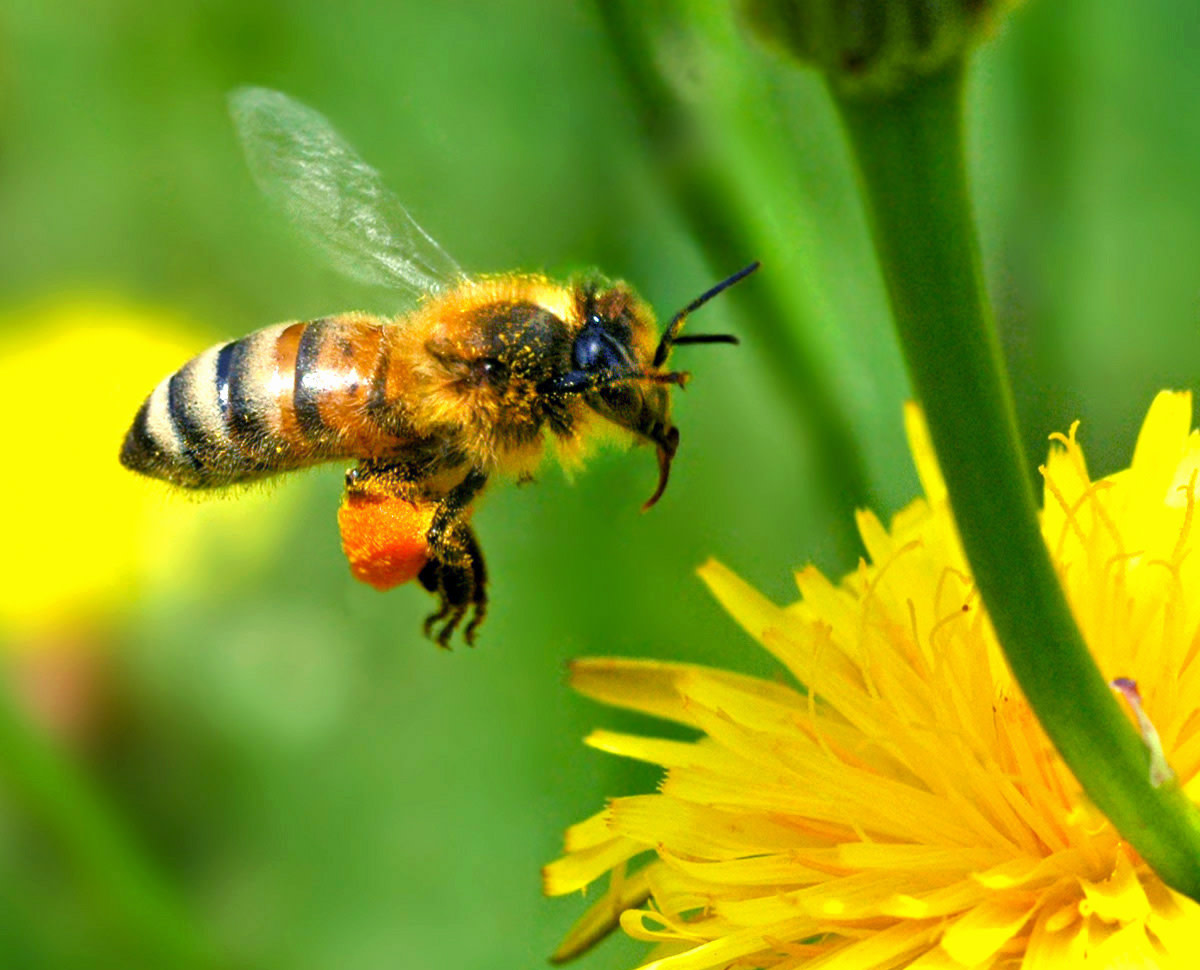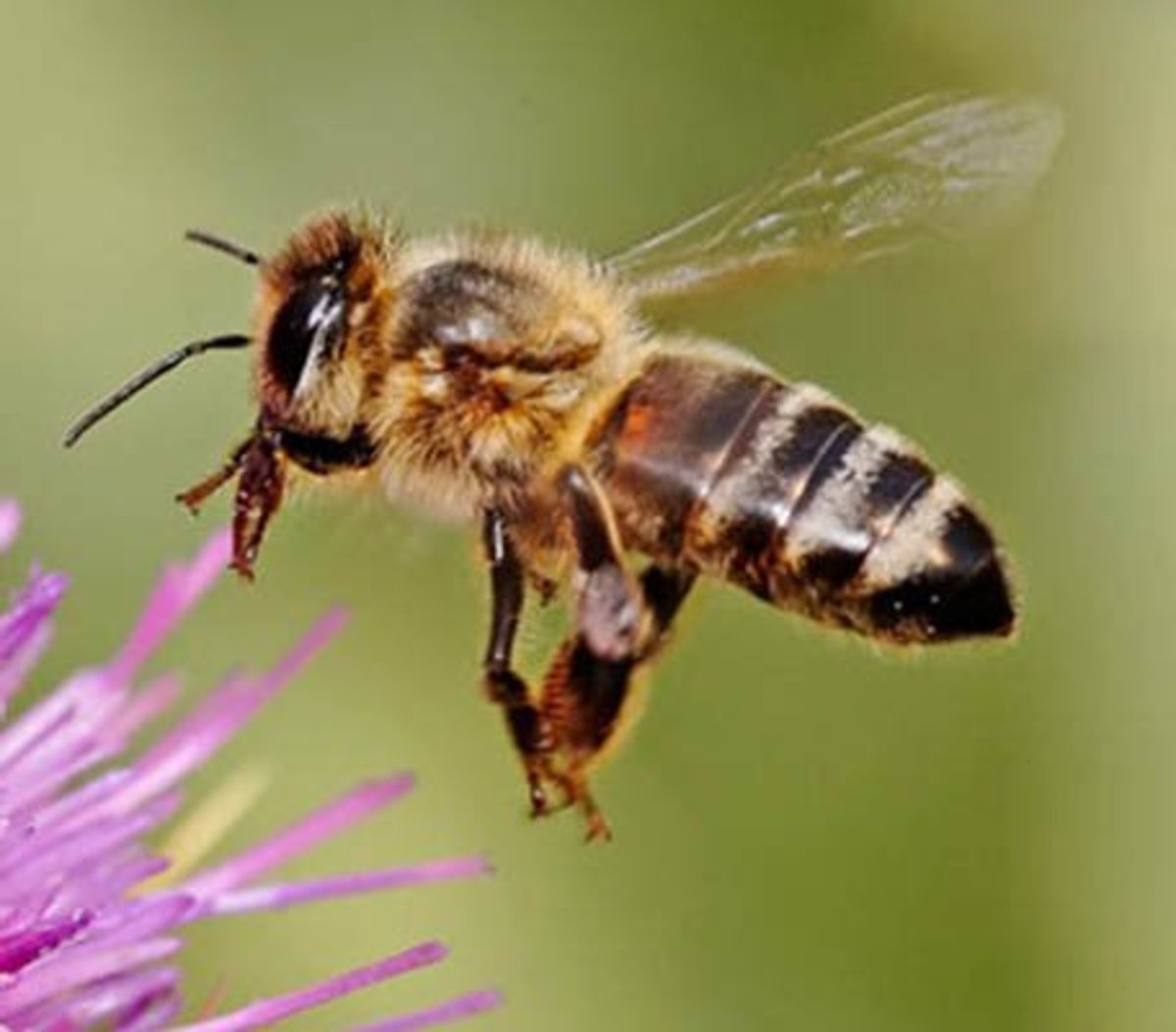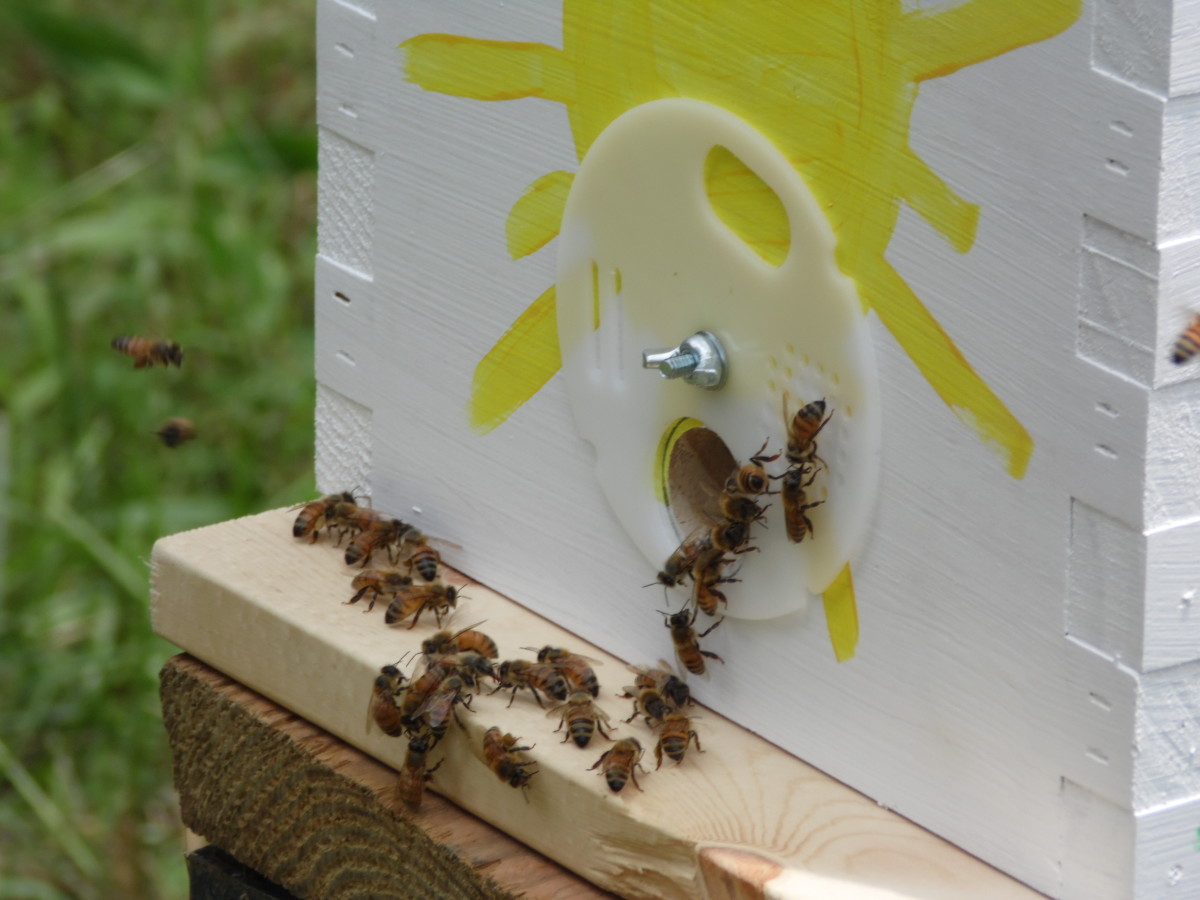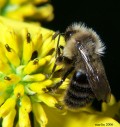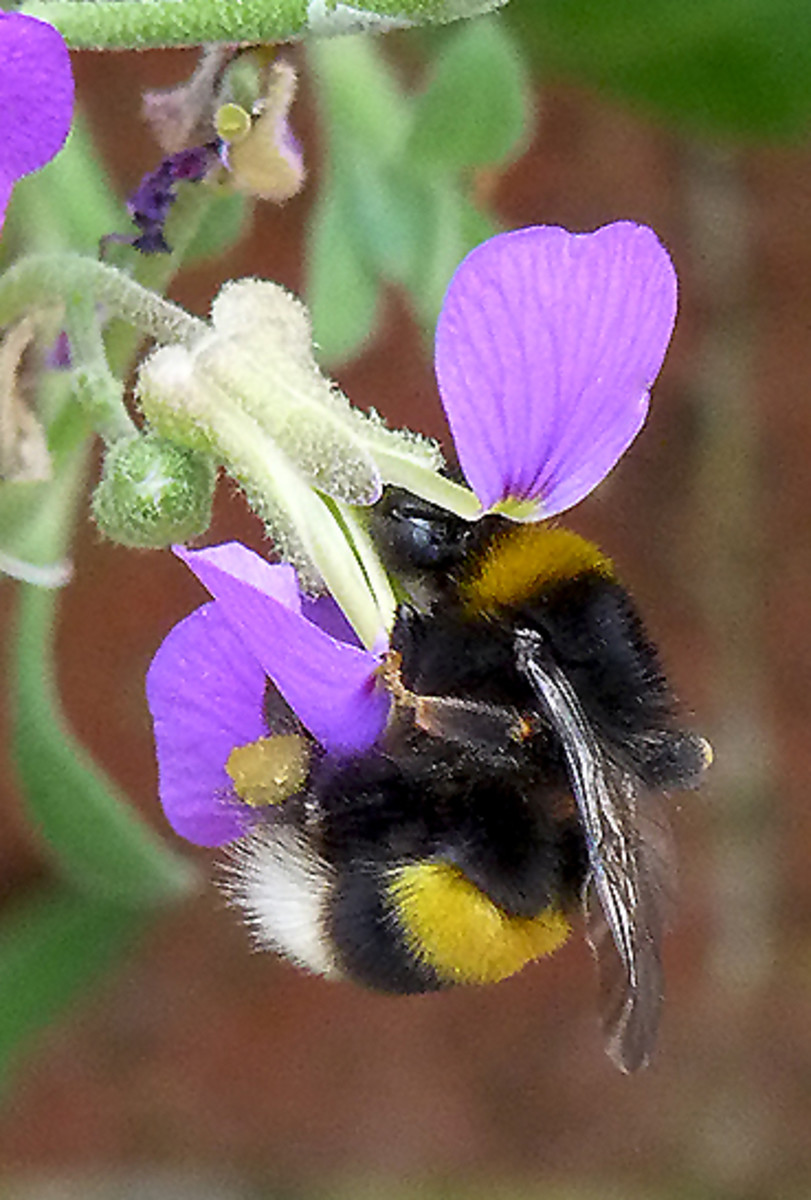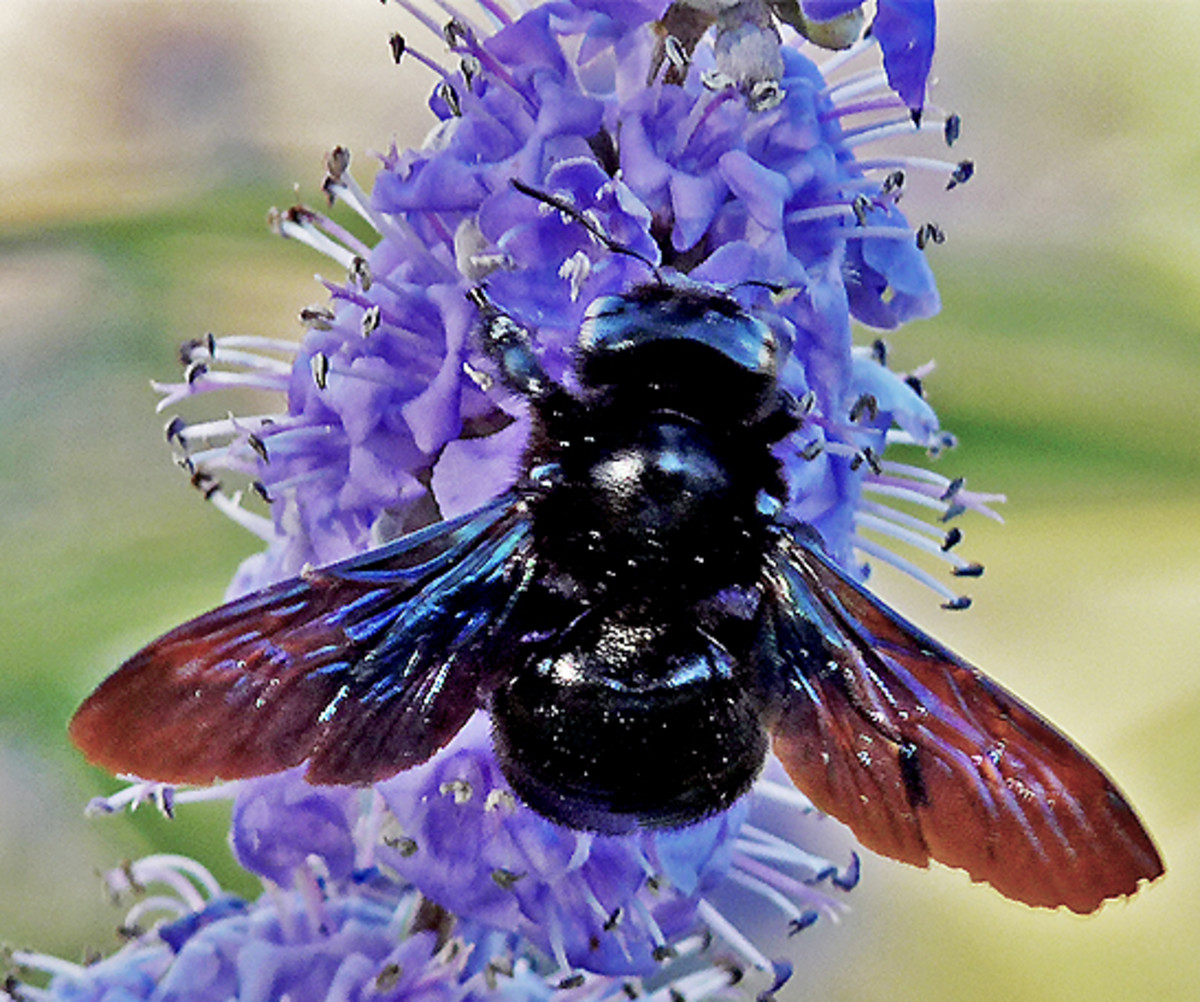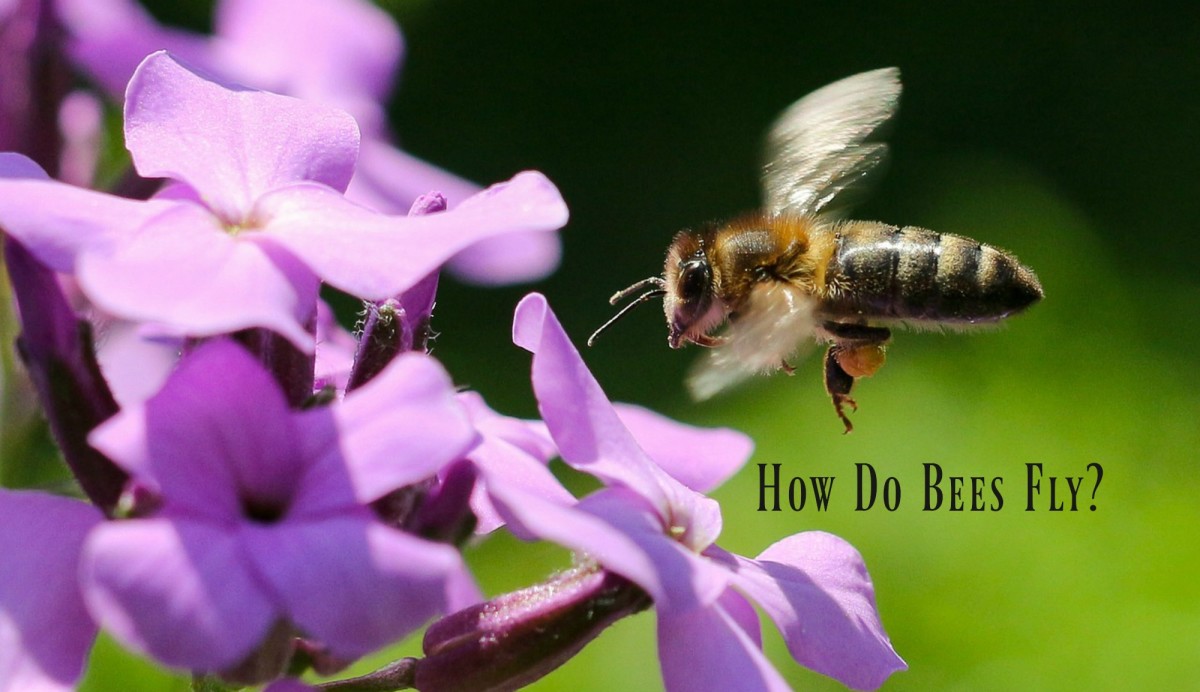Five Steps To Get Into Backyard Beekeeping
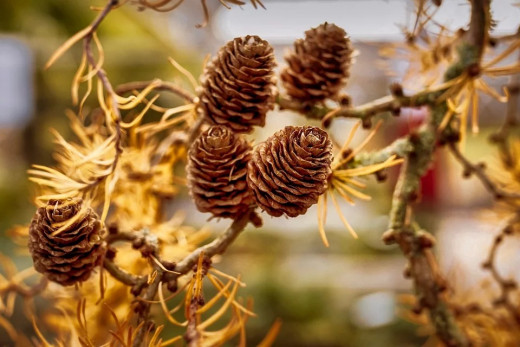
Introduction
When you have a backyard garden, you will find that the addition of a beehive or two will do wonders with your pollination and yield of produce. Flowers that bloom will reproduce more rapidly, and each year you will have a steady flow of honey for your kitchen.
But how do you get started on beekeeping? Does it cost a lot of time and money? And are there any requirements and certifications to adhere to?
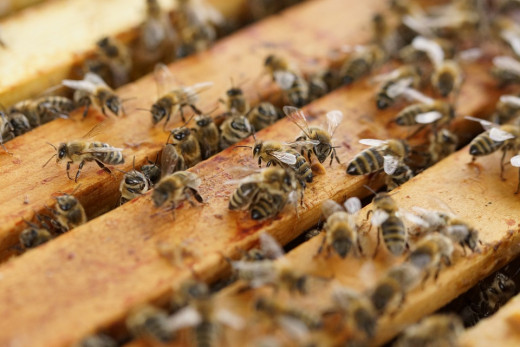
Step One: Basic Knowledge
Once you've decided to take the step and become a backyard beekeeper, the first thing to do is to get some basic knowledge on what a bee is, how their colonies work, how they are living inside a hive and what you need to get started in terms of equipment.
This basic knowledge needs to cost no money at all, as there are plenty Youtube channels discussing the subject. Watching these, it should give you a good idea on what it's like to be a beekeeper (or "Beek" as we often call ourselves!) and whether this really appeals to you as a person.
Remember that with only a few hives, the time invested is not very large, mostly concentrated in the spring, when the hives need to be checked and set up for a new year, and in autumn when the honey is harvested and the hive is made winter ready.
There is some heavy lifting involved, a traditional hive which is stacked can have hive boxes weighing between 30 and 50 kilos, but there are ways to lighten the load and make things easier on yourself.
You will need some basic equipment, such as protective clothing, a smoker, a hive tool and of course the hives themselves. For a beginner, with say a hive or two, those costs are likely less than 500 euros, even if you buy a ready-made hive.
Getting Your Basics
You only need to have a few hours available concentrated in spring and autumn when you just start out. It helps to be able to lift a full box of honey, and you can get started with a few hundred euros' worth of funding.

Step Two: Going Deeper
Once you've gotten the basic knowledge down, find and join a local beekeeper's association. Most countries will have some form of organization where they keep people up to date on regulations, assist and train new beekeepers, and share some more expensive material that would be too much for a starting beekeeper to afford.
Now note that you want to join an association at first that is aimed towards amateur beekeepers, not a professional organization. These people go much deeper into the knowledge and craft of beekeeping, but all from a commercial angle. If you want to one day earn money with honey, then that is fine to do, but at this point in time they will offer very little for your current needs.
Find out if there are local trainings held by your organization for new beekeepers. Here in Sweden for example, the course material is standardized nationwide, and local adult education centers teach us how to get through our first years of beekeeping.
Doing this is also the first step to a proper accreditation. You might not be interested right now, but becoming a certified beekeeper can open doors to things like organic beekeeping and bee-auditing, which can even be good side-jobs!
Join a beekeeper's organization to connect with other (new) beekeepers, and follow the trainings they recommend.
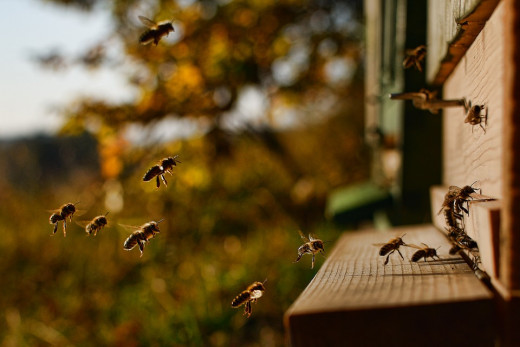
Step Three: Housing Your Bees
Now you know how a bee colony functions and what a beekeeper does, it's time to set up some housing for them. Whether you plan to buy a new colony or perhaps trap a wild swarm, you need to have adequate housing prepared for them ahead of time.
Most beekeepers handle their equipment in winter and early spring, when the bees still sleep in their hives. For each colony you plan to have, assuming a standard beehive consisting of stacked boxes, you would do well to have a bottom, four or five boxes (1-2 for brood, 2-3 for honey), a queen excluder that prevents the queen from laying eggs in the boxes you reserved for honey, and a roof.
Depending on your winters, you may need to have an insulated brood box. You can also make them of thick wood if that is affordable in your location, at least 3.5 centimeters thick. They will eat more food to survive the winter, but they'll manage if you did everything else well enough.
Every box also needs a certain amount of frames of a specific type, which need wax foundations to be inserted to give the bees a base to build on.
The roof can be a simple box filled with insulation covered in roofing material. The insulation of the roof is the most important, as heat from the hive travels upwards. Trapping it at the top means that the rest of the hive maintains the heat generated by the bees' bodies.
A new colony requires an (insulated) stack of hive boxes, and frames to build their cells on. A sturdy bottom keeps them dry and off the ground, while a roof is needed to shield them from rain and wind.

Step Four: Purchasing Your New Bees
Bees can be bought in three separate ways: entire colonies, a split or Nuc, or a mated queen.
A colony often means buying an entire hive with a functional colony, that's already been active for some time. This is a rare opportunity, and usually means that the person selling it is retiring or shrinking their beekeeping business.
A split (or Nuc for Nucleus) means someone has reared a queen, allowed it to mate and keeps it in a half-sized hive box. You should receive a box with some frames of honey and nectar, as well as brood. On them you will find a small cluster of bees and a queen. You simply take the frames out of the box, and set them into your own hive. Replace the frames with some empty ones you had, and return the box to the seller, if you agreed to that.
A mated queen means you receive a queen that has mated in a small box, with a handful of attendants and a bit of food. They need to be placed in a new hive box, with about three frames in it. Use a separator board to block the empty space of the hive box, so that they don't have too much room. If you don't, they will either get cold and abandon the hive, or might build up all sorts of wild comb in the empty space - you don't want that!
The last option is not ideal for new started beekeepers, because you don't have the extra hives to take some extra frames with food and brood from to kickstart your new colony. I'd suggest trying to buy a Nuc or even a colony.
It's important to know what species of bee you will buy, because you want it to be the same species as beekeepers in your direct area have. Otherwise, they might cross-breed and produce undesirable kinds of bees in future generations. If there are beekeepers nearby, meet up with them and asked them what kind of bees they have.
You want to start out with bees that are mated for kind dispositions; mean bees are no one's friend! If you live in a cold climate, try to get bees that are hardy and resistant to cold winters. On the whole, buying bees locally means you get a colony that should be suitable to live in your area.
When starting out, try and buy a nucleus colony or even a full colony if you have the chance, it will be easier. Try and select for calm and kind bees, suitable to your local climate.
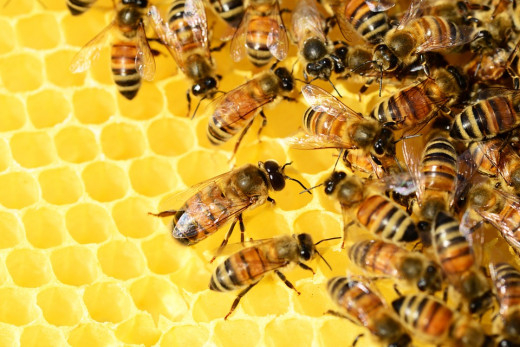
Step Five: Enjoy Your New Hobby!
Now's the time to relax and go with the seasonal flow of beekeeping.
When it's winter, bees are asleep in a ball inside your hive. If you've fed and wintered them properly, they will do well. This is the time for you to work on your knowledge, follow some classes and build more equipment.
Spring is the time when the bees wake up. They clean up their hive, and fly around to recon the area. The queen starts up with new brood, and when the first flowers bloom they get to work. Your job will be to do a first check on your colony, and give them new boxes or food as needed,
Summer is the busy season, with the bee colony growing explosively and gathering more honey. You will need to add new boxes, separate out the queen from your honey super boxes, and keep your stack growing.
Autumn is when the last of the honey is gathered, and then you will harvest the honey they have gathered. You will do a final inspection, and give them the needed food and insulation to survive the winter. Your stack of hive boxes will be reduce to just one or two, right in time for winter to come around again.
There is a beautiful cycle that underlies this, and it's your role as a beekeeper and good landlord to learn what the bees need and make their home fit for those needs.
There are diseases, pests and parasites to combat, and perhaps you may need to worry about pesticides or bears in your area, but the start and strength of everything lies in grasping the bee life cycle and managing their hives well.
Enjoy your honey and the pollination of your beautiful garden!
Learn how bees act on the seasonal cycle, and you will be able to adjust their habitat to that. In return, you will receive honey and a healthier, more abundant garden.
This content is accurate and true to the best of the author’s knowledge and is not meant to substitute for formal and individualized advice from a qualified professional.

